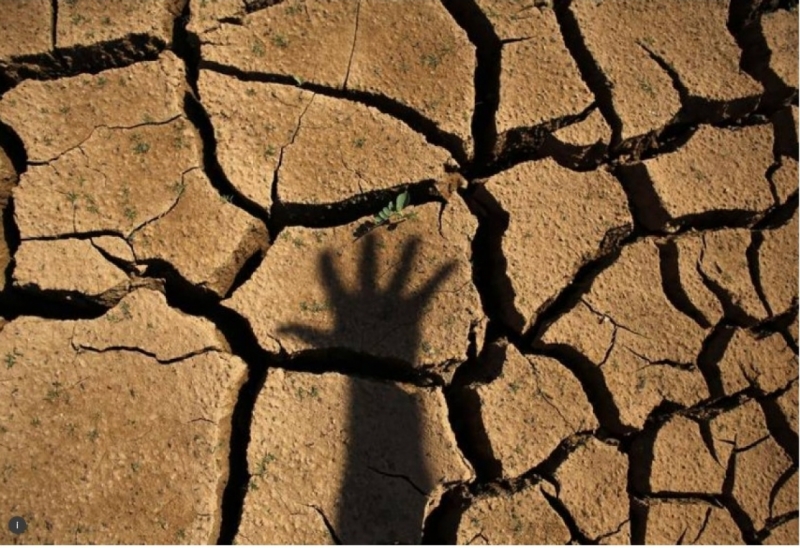




By J.D. Capelouto
LONDON, March 9 (Thomson Reuters Foundation) - It's a major natural disaster that slowly grows in one place and then moves across a region, gaining intensity and size. As it spreads, it destroys land, ruins agriculture, tears apart communities, and can kill people.
No, it's not a hurricane. It's a drought.
Researchers are just beginning to view droughts as this type of dynamic force, and some hope that soon they will be monitored similarly to hurricanes - with scientists able to predict their development and forecast their paths, helping to protect those living in their path.
Some 10 percent of droughts travel between 1,400 to 3,100 kilometres from where they begin, according to a recent study.
The study, which analysed 1,420 droughts between 1979 and 2009, identified "hotspots" around the world and common directions in which droughts move.
Some droughts in the southwest United States, for example, tend to move from south to north. In Argentina, they usually migrate the opposite direction. In Central Africa, droughts tend to go southeastern toward the coast.
"It can start somewhere, move throughout the continent, and obviously cause harm throughout its way," Julio Herrera-Estrada, a PhD candidate at Princeton University and leader of the study, said on Thursday.
Droughts that travel are usually the largest and most disastrous, the scientists found.
They can cause a loss of agriculture, wildlife, wetlands and human life, according to the National Drought Mitigation Center, based in the United States.
They are also one of the most expensive natural disasters that people face today, according to Herrera-Estrada, who collaborated on the study with the International Institute for Applied Systems Analysis in Vienna.
The most recent moving drought that Herrera-Estrada studied began in 2008 in Ukraine and Russia, and moved 1,700 km northeast, ending in northwest Russia and affecting parts of Kazakhstan on the way. It lasted almost a year.
"People haven't really thought of droughts in this way," he told the Thomson Reuters Foundation.
Future research, Herrera-Estrada said, can shed a light on exactly what mechanisms cause some droughts to move, and what affects their paths.
This can only be done accurately, however, through collaboration between national governments, he said.
"It's important to have a global or a continental understanding about how droughts are behaving," he said.
Collaboration "benefits people on the ground, farmers, cities that need water, power plants that need water".
"We need this cooperation at the international level," he said.